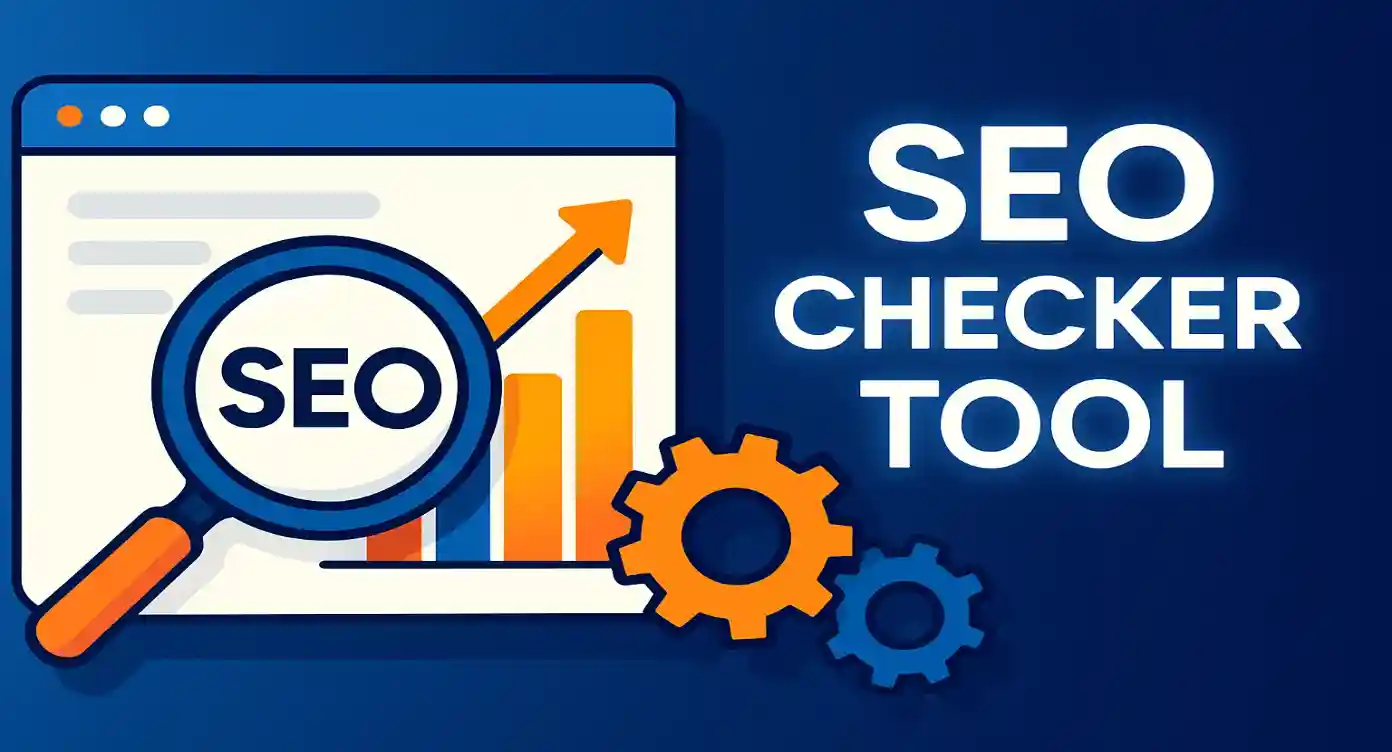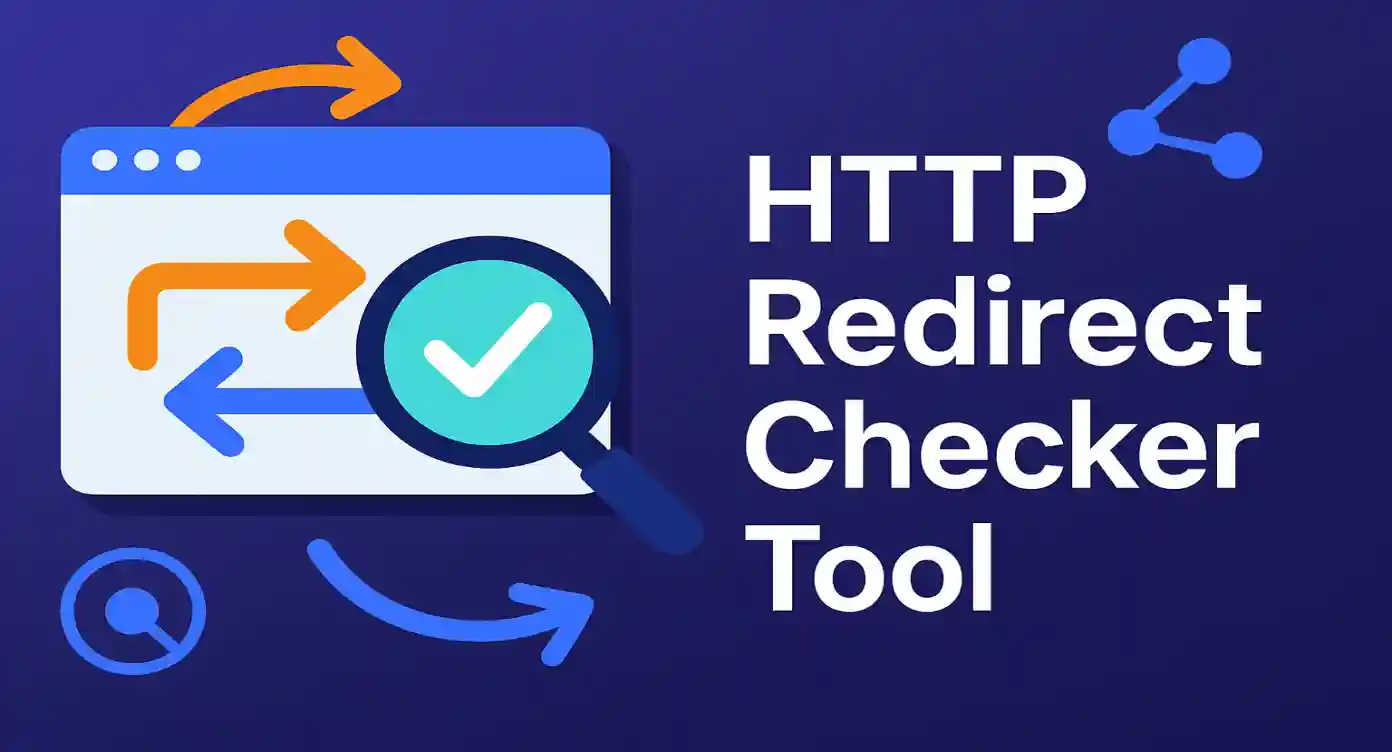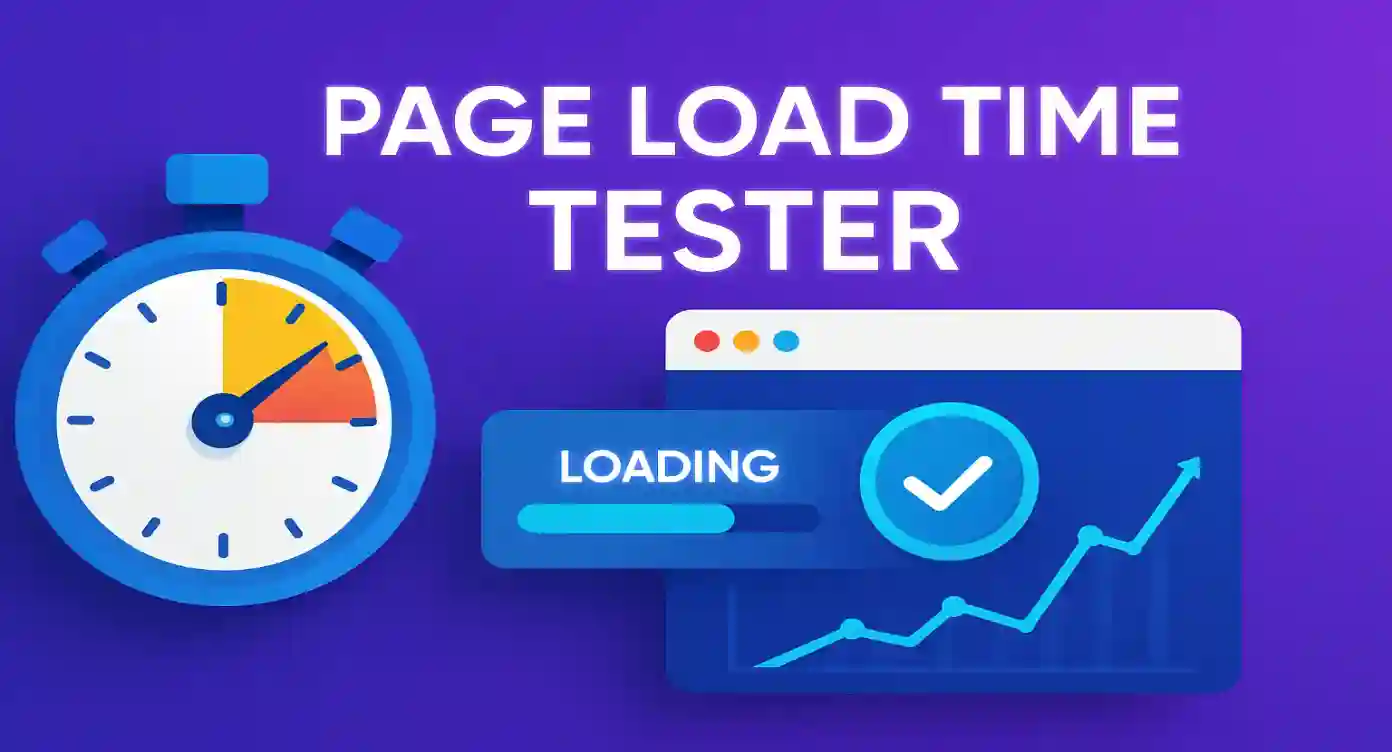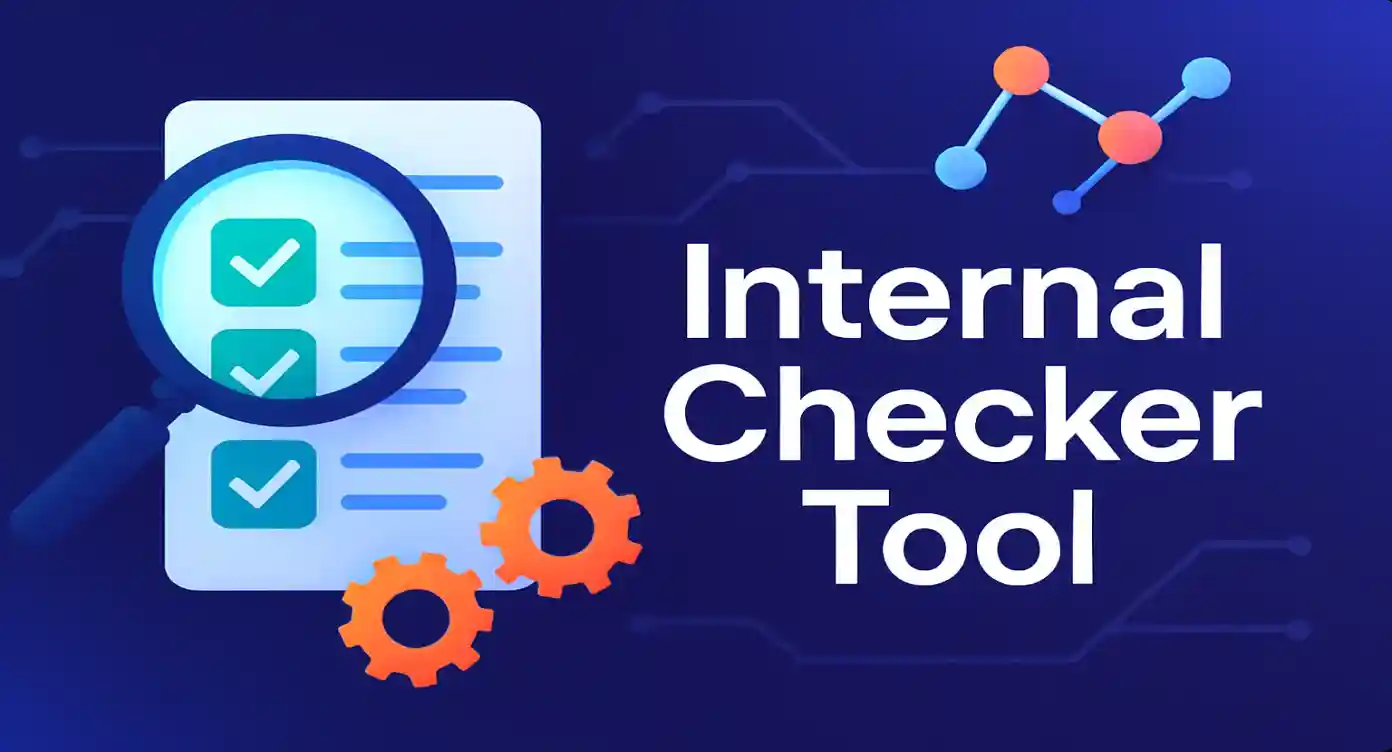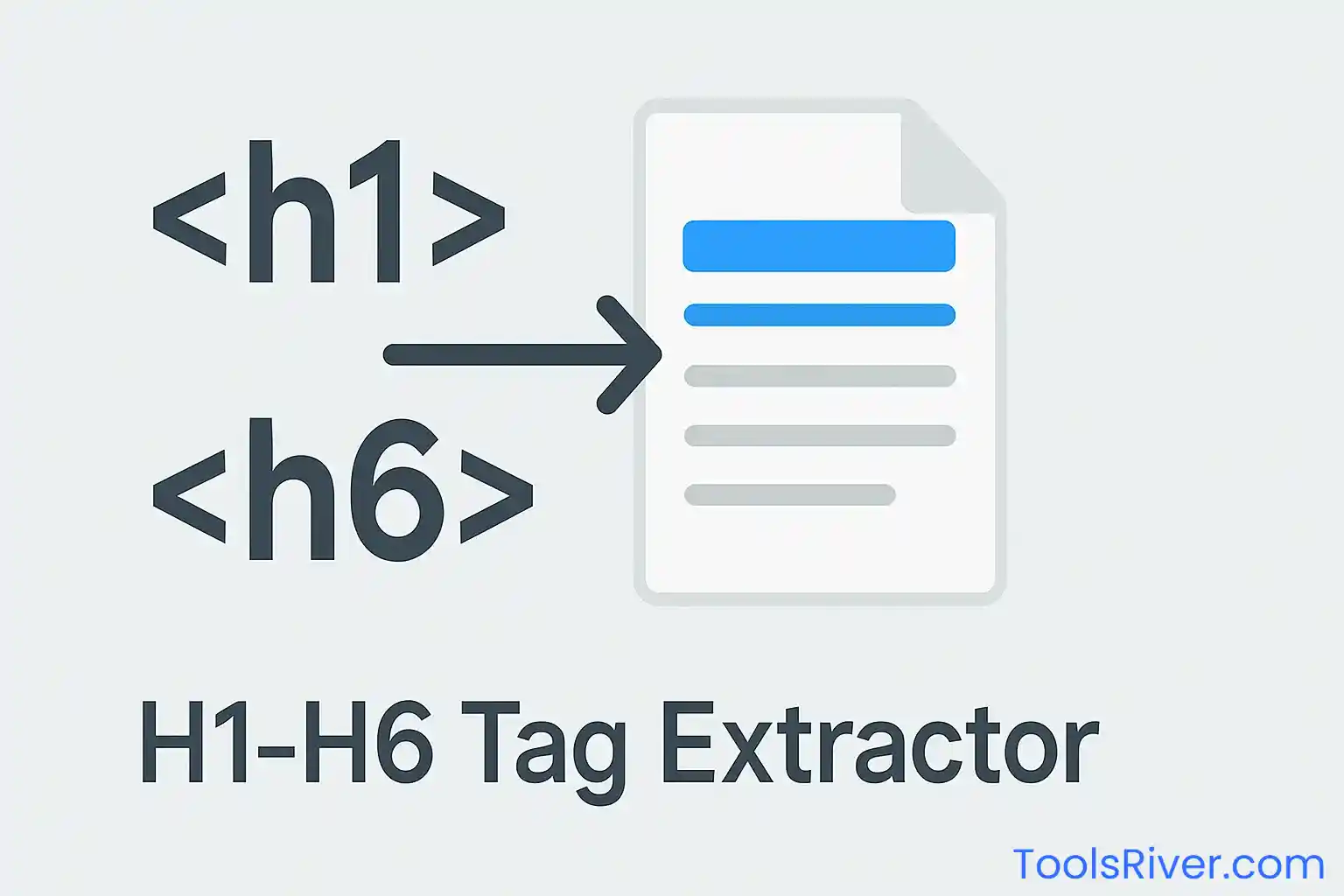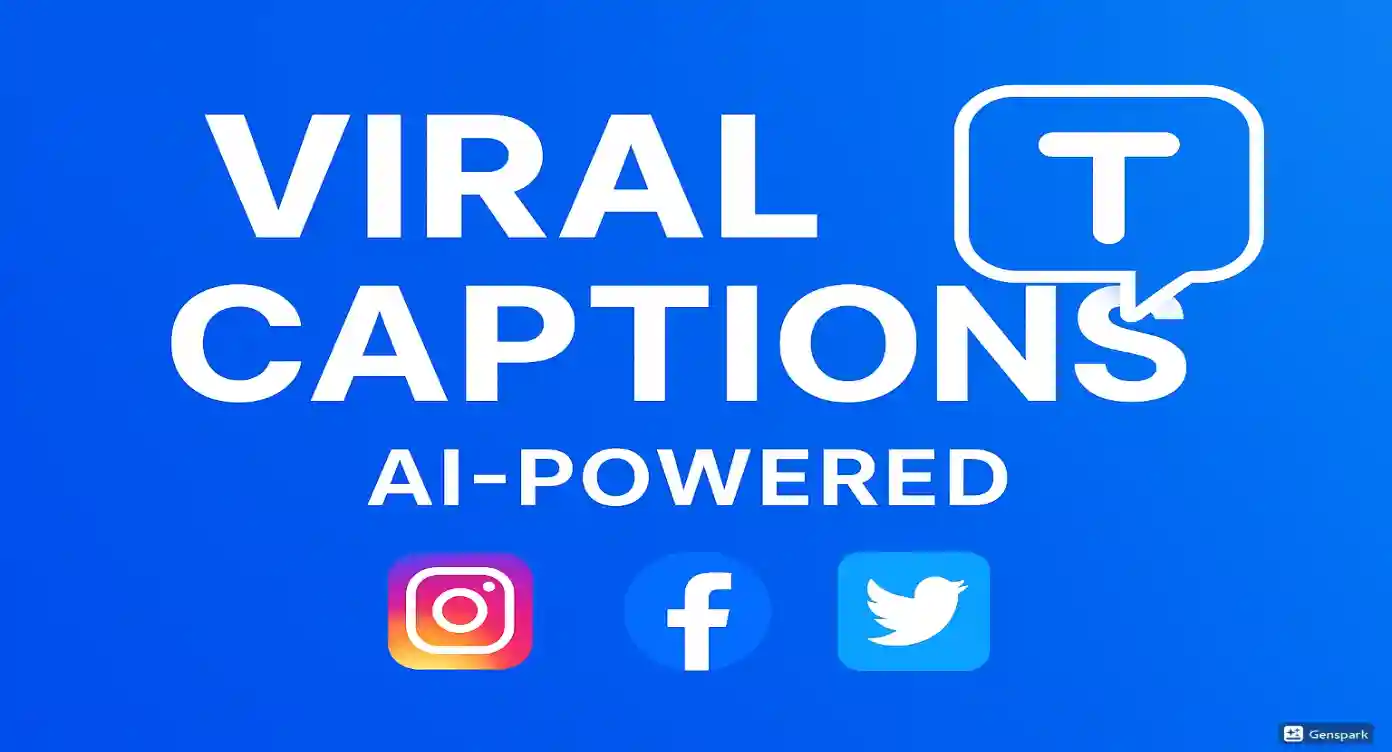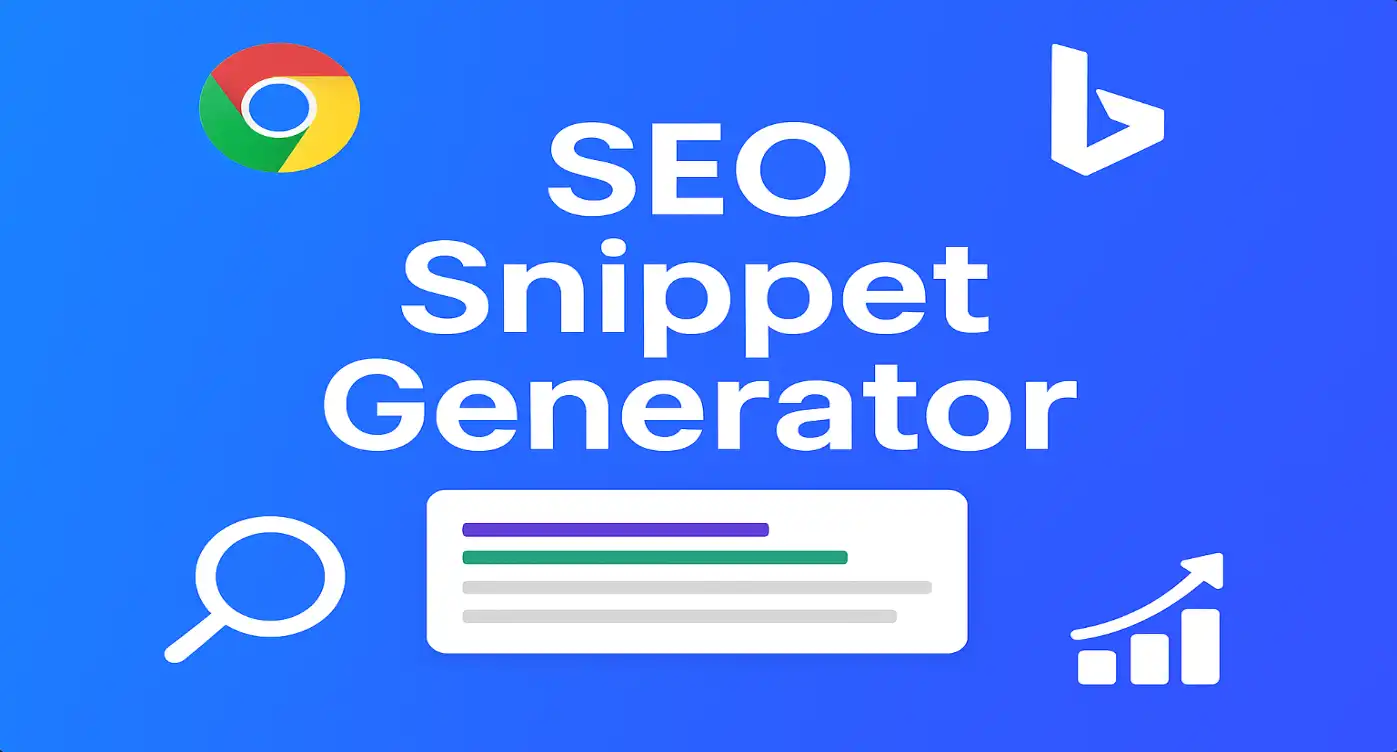Analyze webpage heading structures, identify SEO issues, and optimize your content hierarchy instantly
Analyzing webpage structure...
Master Your Website's Heading Structure with Our H1-H6 Tag Extractor Tool 🎯
Comprehensive guide to understanding, analyzing, and optimizing your webpage heading hierarchy for better SEO performance
Understanding HTML Heading Tags: The Foundation of Web Content Structure
HTML heading tags (H1 through H6) serve as the architectural blueprint of your webpage content, creating a hierarchical structure that both search engines and users rely on to understand your content organization. These semantic elements are far more than simple text formatting tools—they're critical components of your website's SEO strategy and user experience design.
The H1 tag represents the main topic of your page, similar to a book's title, while H2 through H6 tags create subsections and supporting details. This logical progression helps search engine crawlers understand your content's context and relevance, directly impacting your search rankings. Our H1-H6 Tag Extractor Tool analyzes this structure instantly, revealing potential optimization opportunities you might have missed.
Modern web development best practices emphasize semantic HTML structure, and heading tags play a crucial role in accessibility. Screen readers and assistive technologies use these tags to navigate content efficiently, making proper heading structure essential for inclusive web design. When you extract and analyze your heading tags, you're not just optimizing for search engines—you're improving the experience for all users.
The Critical Importance of Proper Heading Structure for SEO Success
Search engines use heading tags as significant ranking factors, with proper heading structure contributing to improved search visibility and higher click-through rates. Google's algorithm specifically looks for well-organized content hierarchies, rewarding pages that demonstrate clear information architecture through their heading structure.
Key SEO Benefits of Optimized Heading Tags:
- Enhanced content crawlability and indexing efficiency
- Improved keyword relevance and topical authority
- Better featured snippet opportunities
- Increased user engagement and reduced bounce rates
- Enhanced local search performance for business pages
Research indicates that pages with properly structured headings experience up to 25% better search performance compared to those with poor heading hierarchy. Our H1-H6 Tag Extractor Tool identifies structural issues that could be limiting your SEO potential, providing actionable insights for improvement.
Common SEO Issues Our Tool Detects:
Missing H1 tags, multiple H1 tags per page, skipped heading levels, and empty heading elements are among the most frequent issues that negatively impact SEO performance. These problems confuse search engine crawlers and dilute your content's topical focus, potentially causing significant ranking penalties.
Why Our H1-H6 Tag Extractor Tool is Essential for Content Optimization
Manual heading analysis is time-consuming and error-prone, especially for large websites with hundreds or thousands of pages. Our automated H1-H6 Tag Extractor Tool provides comprehensive analysis in seconds, delivering insights that would take hours to gather manually. This efficiency allows you to focus on strategic optimization rather than tedious data collection.
Unique Advantages of Our Tool:
Unlike basic heading checkers, our tool provides contextual analysis, identifying not just the presence of heading tags but their effectiveness in creating logical content flow. We analyze heading distribution, detect accessibility issues, and provide specific recommendations for improvement based on current SEO best practices.
Professional Features Include:
- Real-time webpage content fetching and analysis
- Comprehensive SEO warning system
- Visual heading hierarchy mapping
- Accessibility compliance checking
- Export functionality for reporting and documentation
The tool's advanced parsing capabilities handle complex HTML structures, JavaScript-rendered content, and various encoding formats, ensuring accurate analysis regardless of your website's technical implementation. This reliability makes it invaluable for professional SEO audits and ongoing content optimization efforts.
Step-by-Step Guide: Maximizing Your Results with Our Heading Tag Analyzer
Getting the most from our H1-H6 Tag Extractor Tool requires understanding both the technical process and strategic application of the results. This comprehensive guide walks you through every step, from initial analysis to implementing optimization recommendations.
Phase 1: Initial Analysis
Begin by entering your target URL in the analysis field. The tool accepts various URL formats and automatically handles redirects, ensuring accurate analysis of the final destination page. Within seconds, you'll receive a comprehensive breakdown of your heading structure, including tag distribution, content analysis, and potential issues.
Phase 2: Interpreting Results
Review the generated statistics and warnings carefully. Pay special attention to H1 tag usage (should be exactly one per page), logical heading progression (avoid skipping levels), and content quality within each heading. Empty or overly generic headings represent missed optimization opportunities.
Critical Metrics to Monitor:
- Total heading count and distribution across levels
- H1 tag uniqueness and keyword optimization
- Logical hierarchy progression and content flow
- Heading length and readability scores
- Keyword density and topical relevance
Phase 3: Implementation Strategy
Use the copy function to export your heading structure for documentation and comparison. Create an optimization plan addressing identified issues, prioritizing high-impact changes like fixing missing H1 tags or eliminating duplicate H1 elements. Regular analysis ensures your heading structure remains optimized as your content evolves.
Advanced Features That Set Our Tool Apart from the Competition
Our H1-H6 Tag Extractor Tool incorporates cutting-edge analysis capabilities that go beyond simple tag detection. Advanced algorithms evaluate content quality, semantic relevance, and structural optimization, providing insights typically available only through expensive enterprise SEO platforms.
Revolutionary Analysis Capabilities:
The tool's intelligent parsing engine understands context and content relationships, identifying not just heading tags but their effectiveness in communicating your page's main topics. This contextual analysis helps you create more engaging, SEO-friendly heading structures that resonate with both search engines and human readers.
Technical Excellence Features:
- Dynamic content handling for JavaScript-heavy websites
- Multi-language support and encoding detection
- Advanced error handling and recovery mechanisms
- Comprehensive security measures protecting user data
- High-performance analysis capable of handling large pages
User Experience Innovation:
The intuitive interface presents complex technical information in an accessible format, with visual hierarchy representation and color-coded issue identification. Interactive elements allow for detailed exploration of specific heading elements, while export functionality facilitates integration with existing workflow tools.
Regular updates ensure compatibility with evolving web standards and search engine algorithms, making this tool a reliable long-term solution for heading structure optimization. The development team continuously monitors SEO best practices and incorporates new analysis criteria to maintain cutting-edge functionality.
Measurable Benefits: How Proper Heading Structure Transforms Your SEO Performance
Implementing optimized heading structures based on our tool's analysis delivers quantifiable improvements across multiple SEO metrics. Case studies demonstrate consistent increases in organic traffic, improved search rankings, and enhanced user engagement metrics following heading structure optimization.
Documented Performance Improvements:
Websites utilizing proper heading hierarchy typically experience 15-30% increases in organic search visibility within 60-90 days of implementation. These improvements stem from enhanced content understanding by search engines and improved user experience metrics, both critical ranking factors in modern SEO.
Key Performance Indicators to Track:
- Organic click-through rates from search results
- Average session duration and pages per session
- Featured snippet appearance frequency
- Mobile search performance improvements
- Voice search optimization effectiveness
Long-term Strategic Advantages:
Beyond immediate SEO benefits, proper heading structure creates a foundation for content scalability and maintenance efficiency. Well-structured content is easier to update, expand, and repurpose across different marketing channels, providing compound returns on your optimization investment.
The accessibility improvements achieved through proper heading structure expand your potential audience and demonstrate commitment to inclusive design principles. This broader reach translates to increased traffic diversity and improved conversion opportunities across different user segments.
Critical Heading Tag Mistakes That Damage Your SEO Rankings
Even experienced web developers and content creators make heading structure mistakes that significantly impact SEO performance. Our H1-H6 Tag Extractor Tool identifies these common errors, helping you avoid penalties and optimization obstacles that prevent your content from reaching its full potential.
Most Damaging Heading Structure Errors:
Multiple H1 tags per page create confusion about your primary topic, diluting keyword focus and confusing search engine crawlers. This common mistake often occurs when using templates or content management systems without proper heading structure oversight. Our tool immediately identifies this issue and provides specific recommendations for resolution.
Technical Implementation Errors:
- Using heading tags purely for visual styling rather than semantic structure
- Skipping heading levels (jumping from H2 directly to H4)
- Placing important keywords in lower-level headings instead of H1-H2
- Creating overly generic or duplicate heading content
- Ignoring heading tag optimization in favor of title tag focus
Content Strategy Mistakes:
Failing to align heading content with user search intent represents a significant missed opportunity. Headers should reflect the questions and topics your audience is actively searching for, incorporating relevant keywords naturally while maintaining readability and engagement.
Recovery and Prevention Strategies:
Regular analysis using our tool helps prevent these mistakes from accumulating and damaging your SEO performance. Establish heading structure guidelines for your content team and implement quality assurance processes that include heading optimization review. The cost of prevention is significantly lower than the effort required to recover from structural SEO penalties.
Professional Best Practices for Heading Tag Optimization Excellence
Mastering heading tag optimization requires understanding both technical requirements and strategic content planning. These professional best practices, refined through extensive testing and analysis, provide a framework for creating heading structures that excel in both search engine optimization and user experience delivery.
Strategic Heading Planning Framework:
Begin with comprehensive keyword research to identify primary and secondary topics for your page content. Map these topics to appropriate heading levels, ensuring your H1 tag captures the main keyword phrase while H2-H6 tags support related terms and long-tail variations. This strategic approach maximizes topical relevance and search visibility.
Technical Implementation Standards:
- Maintain consistent heading hierarchy without skipping levels
- Limit H1 usage to one tag per page for maximum focus
- Ensure heading content accurately reflects section content
- Optimize heading length for both readability and SEO impact
- Include primary keywords naturally within heading structure
Content Quality Guidelines:
Effective headings serve dual purposes: they must satisfy search engine requirements while providing genuine value to human readers. Strike a balance between keyword optimization and natural language, creating headings that feel organic and engaging rather than artificially stuffed with search terms.
Quality Assurance Process:
Implement regular heading structure audits using our H1-H6 Tag Extractor Tool as part of your content quality assurance process. This proactive approach identifies issues before they impact performance and ensures consistent optimization standards across your entire website. Document your heading structure guidelines and train team members on proper implementation to maintain long-term optimization effectiveness.
Frequently Asked Questions About H1-H6 Tag Optimization
How many H1 tags should each page have?
Each page should have exactly one H1 tag that clearly describes the main topic or purpose of the page. Multiple H1 tags confuse search engines about your page's primary focus and can negatively impact rankings.
Can I skip heading levels (like going from H2 to H4)?
While not technically forbidden, skipping heading levels disrupts the logical content hierarchy and can confuse both users and search engines. Best practice is to maintain sequential heading levels for optimal structure and accessibility.
How long should heading tags be for SEO?
H1 tags should typically be 20-70 characters, while H2-H6 tags can be slightly longer. Focus on creating descriptive, keyword-rich headings that accurately represent your content while remaining readable and engaging.
Do heading tags still matter for modern SEO?
Yes, heading tags remain important ranking factors in 2024. They help search engines understand content structure, support featured snippet optimization, and improve user experience through better content organization.
How often should I analyze my heading structure?
Perform heading analysis whenever you create new content, make significant page updates, or conduct SEO audits. Monthly analysis of your key pages ensures consistent optimization and helps identify issues before they impact performance.
What's the difference between heading tags and title tags?
Title tags appear in search results and browser tabs, while heading tags structure on-page content. Both are important for SEO but serve different purposes—title tags for search visibility and heading tags for content organization.
Can empty heading tags hurt my SEO?
Yes, empty heading tags waste valuable SEO opportunities and can confuse search engine crawlers. Our tool identifies these issues so you can either add relevant content or remove unnecessary empty tags from your pages.
Start Optimizing Your Heading Structure Today
Transform your website's SEO performance with professional heading structure analysis. Our free H1-H6 Tag Extractor Tool provides enterprise-level insights without the enterprise price tag.


